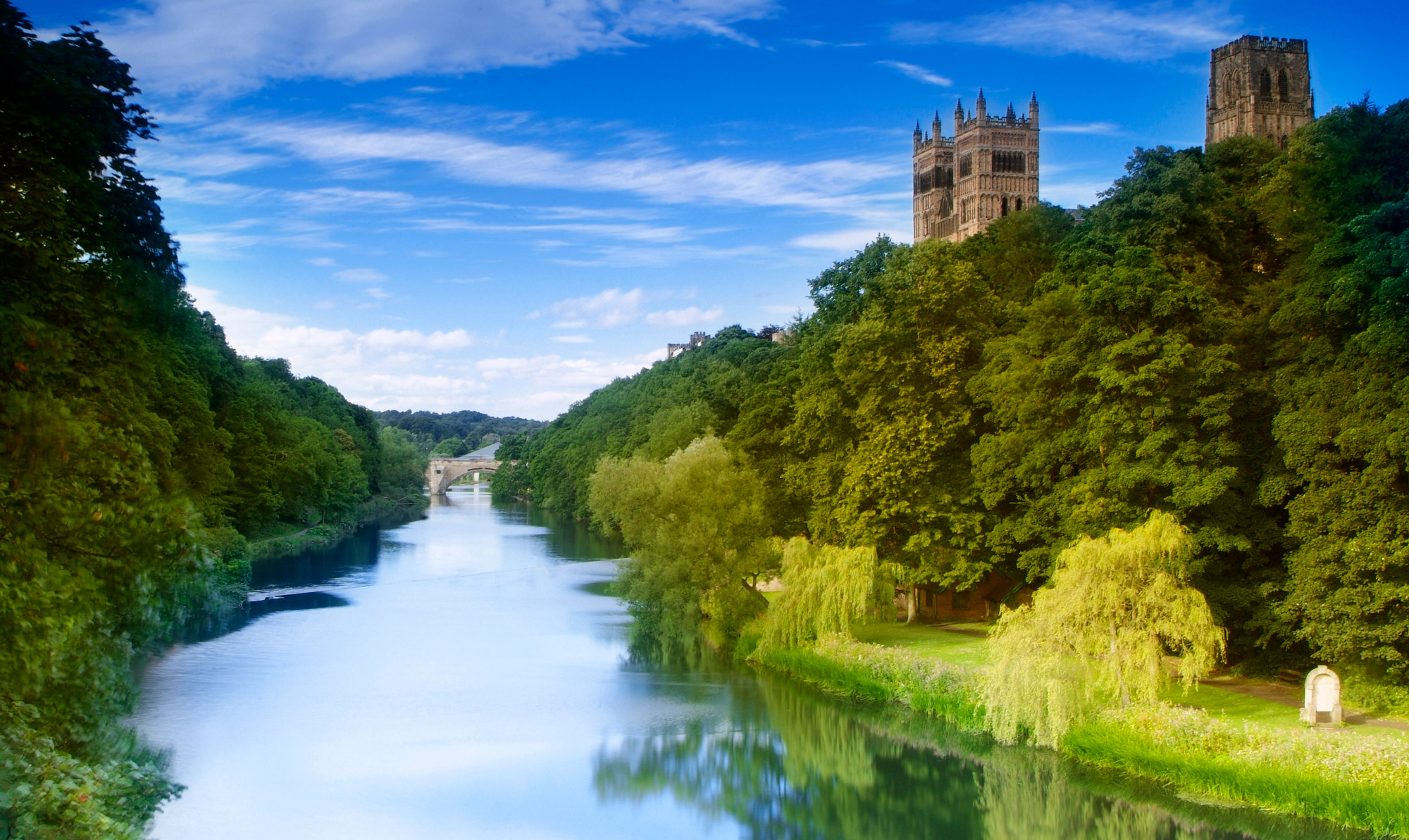The World Heritage List came about as the result of a general conference of UNESCO (United Nations Educational, Scientific and Cultural Organisation) at its 17th session in 1972. The decision was heavily influenced by the removal of-at risk monuments from Abu Simbel in Egypt in advance of the construction of the Aswan Dam and attempts to mitigate annual flooding in Venice in Italy.
To qualify as World Heritage, a site must be of outstanding universal cultural or natural value (or both). Sites on the World Heritage List are monitored by UNESCO to ensure that whatever makes them outstanding is preserved. Outstanding value can be tangible or intangible — for example, Durham Cathedral’s significance as a great historic building is a tangible aspect of its outstanding value, while the fact that the shrine of Saint Cuthbert has been a place of pilgrimage for over 1000 years is an intangible aspect.
As of 2023, there are over 1,199 World Heritage Sites around the world, including 33 in the United Kingdom (28 Cultural, 4 Natural and 1 Mixed site).
What is World Heritage, and why is Durham a World Heritage Site? Find out how the site's boundaries have changed. Where else can I see world heritage in the UK?

